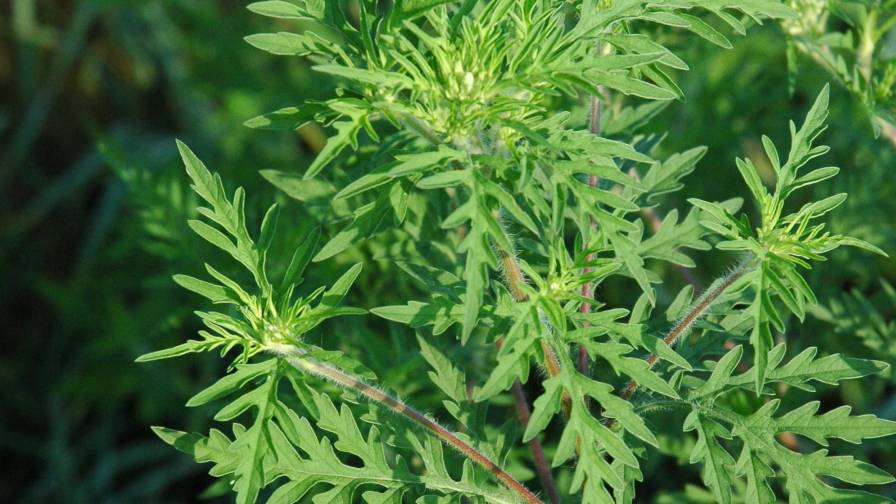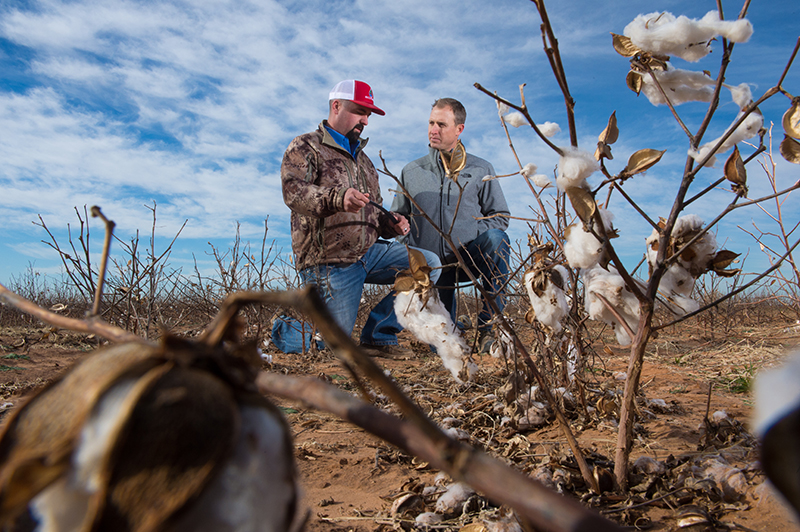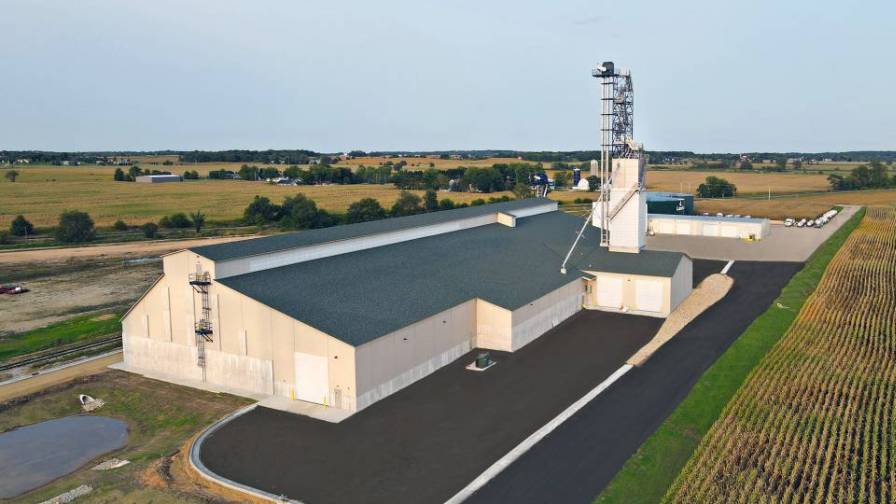How Application Equipment Manufacturers Remain Focused on Accuracy, Efficiency

Equipment manufacturers are focused on building out machinery capabilities to improve spray accuracy and efficacy.
Technology breakthroughs in field equipment began to explode in the early 2000s with improving GPS technology and the initial wave of assisted steering systems. The potential for increasing application efficiency and reduced operator fatigue with locked-in, no-touch steering made for rapid adoption of the capability — in about five years, assisted steering adoption among retailers accelerated from less than 5% in 2004 to nearly two out of three, according to the CropLife magazine-Purdue University Retail Precision Adoption Survey.
All eyes are on autonomous operation as the next mega-breakthrough in equipment technology, and progress is being made on this front. But there have been and continue to be a wide range of technological improvements to application rigs that are making step changes forward in accuracy and efficiency.
Back to Basics
The still growing challenge of managing weed resistance that has preoccupied herbicide manufacturers for more than a decade has had a similar effect on application technology. Dave Webster, Director, Application Equipment Marketing at AGCO Corp., says that retailer concern about the efficacy of product applications in weed control focused development and education effort toward a more “back to basics” approach.
“It’s one of the reasons we hosted crop tours this year, to focus our customers on optimizing the technology that exists on our machines,” says Webster. Improvements to boom height control responsiveness, designed to keep the boom at optimum height in relation to the canopy and not just the terrain, make a substantial difference in efficacy, he adds. Newer systems place sensors on the chassis and ahead of the boom, allowing the adjustments to height to be more predictive.
Case IH also enhanced its boom height adjustment system, replacing ultrasonic sensors with radar sensors that are linked to a gyroscope on the chassis. “Not only is it a better sensor, but coupled with the gyro the sprayer chassis can pick up a terrace or hillside first and make changes more accurately,” says Mark Burns, Application Equipment Marketing Manager. “With the longer boom sizes, more sensors is better.” Spray rigs come standard with three sensors, but users can upgrade to five.
“Boom technology is something we continue to see as important,” adds Joel Basinger, Product Manager, Application for John Deere. “We’ve improved boom construction and suspension to keep it above the target and in the right space. Machines will lose significant accuracy without these systems functioning at a high level.”
More Control
Accuracy-hungry retailers have had the ability to control booms at the nozzle level for a few years now, providing the ultimate protection against over-, under-, and off-target application. Each of the major manufacturers offer systems capable of this level of control.
For 2021, AGCO is combining two technologies currently utilized on its pull-type machines — OptiNozzle and Drift Visualization — and adding them to self-propelled units. Set for release next year, the system will “allow and operator to set the acceptable drift and droplet size, and the machine speed will be controlled to optimize the application,” says Webster. The design wraps together a wider range of variables, from nozzle type to boom height to application rate and vehicle speed to reduce drift risk and application accuracy, he adds. The system will be launched second half of next year.
Deere has continued to add capability and functionality to its ExactApply spray control system, which was released in 2016. Retail users can collect and share as applied data, which includes the ability to incorporate weather information from a machine mounted mobile weather station. “Users are able to document weather at the point of application rather than relying on a meta point five or 10 miles away,” says Basinger.
The company is also allowing third parties to expand capabilities for users. Last year, Sentera announced the ability to import drone-generated weed pressure maps directly into ExactApply enabled machines. Adoption has been limited so far but is demonstrating the potential for creating more accurate applications from in-season data.
What’s Next
Very little information has been shared about the medium term aspirations for application technology among the big three, although Deere is continuing to work on integrating the See and Spray capabilities of its Blue River Technologies acquisition from the fall of 2017. Case IH released its proof of concept autonomous tractor in 2016 but to date has not provided follow-up.
One compelling vision that has emerged from the small grains market in western Canada is the DOT Power Platform. DOT is an autonomous U-shaped frame that facilitates the direct loading of a wide variety of easily interchangeable implements, like a seeder, sprayer, or spreader. Raven Industries completed its acquisition of DOT Technology Corp. from SeedMaster in June of this year. Raven began partnering with DOT on technology development three years ago, believing that autonomy systems could compete in the equipment market. Last November, Raven also purchased Smart Ag, the Iowa-based company that developed AutoCart. AutoCart is the first autonomous grain cart technology that was widely demoed in 2019.
Bringing the two companies under the Raven umbrella has accelerated development and testing, and quickly added technology advances in obstacle perception and avoidance. The Canadian small grains markets will see the technology first, as Raven continues to run validation testing that will lead to full commercialization in the near future.
Validation will continue to create a viable machine for the rigors of row crop farming in the states. Raven is committed to bringing reliable autonomy options to U.S. crop production. “Raven is absolutely convinced that not only is autonomy coming but it is the way we are going to be farming in the future,” says Wade Robey, Executive Director of Raven Autonomy. “This is where Raven’s capabilities come in, tying our communications technology, machine control, Slingshot logistics, and software capability together to bring value to retailers and farmers.”







